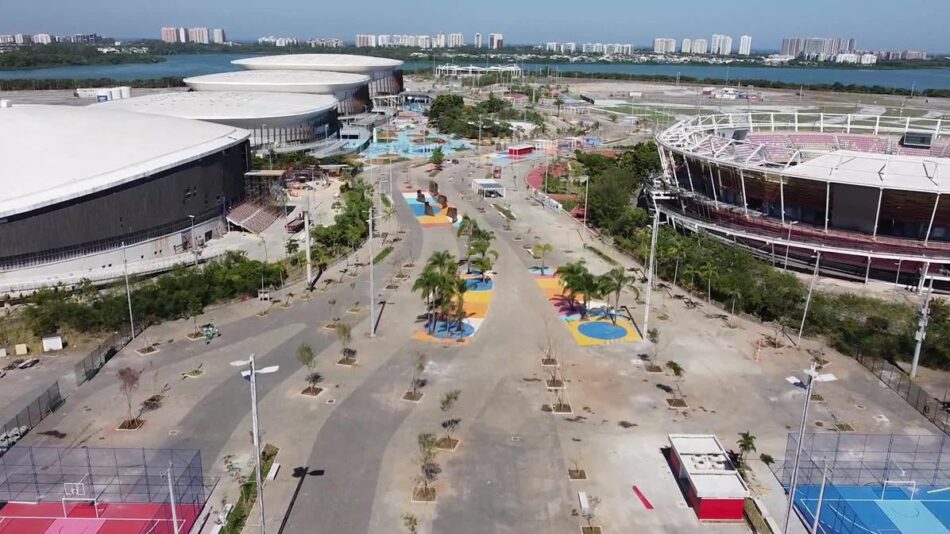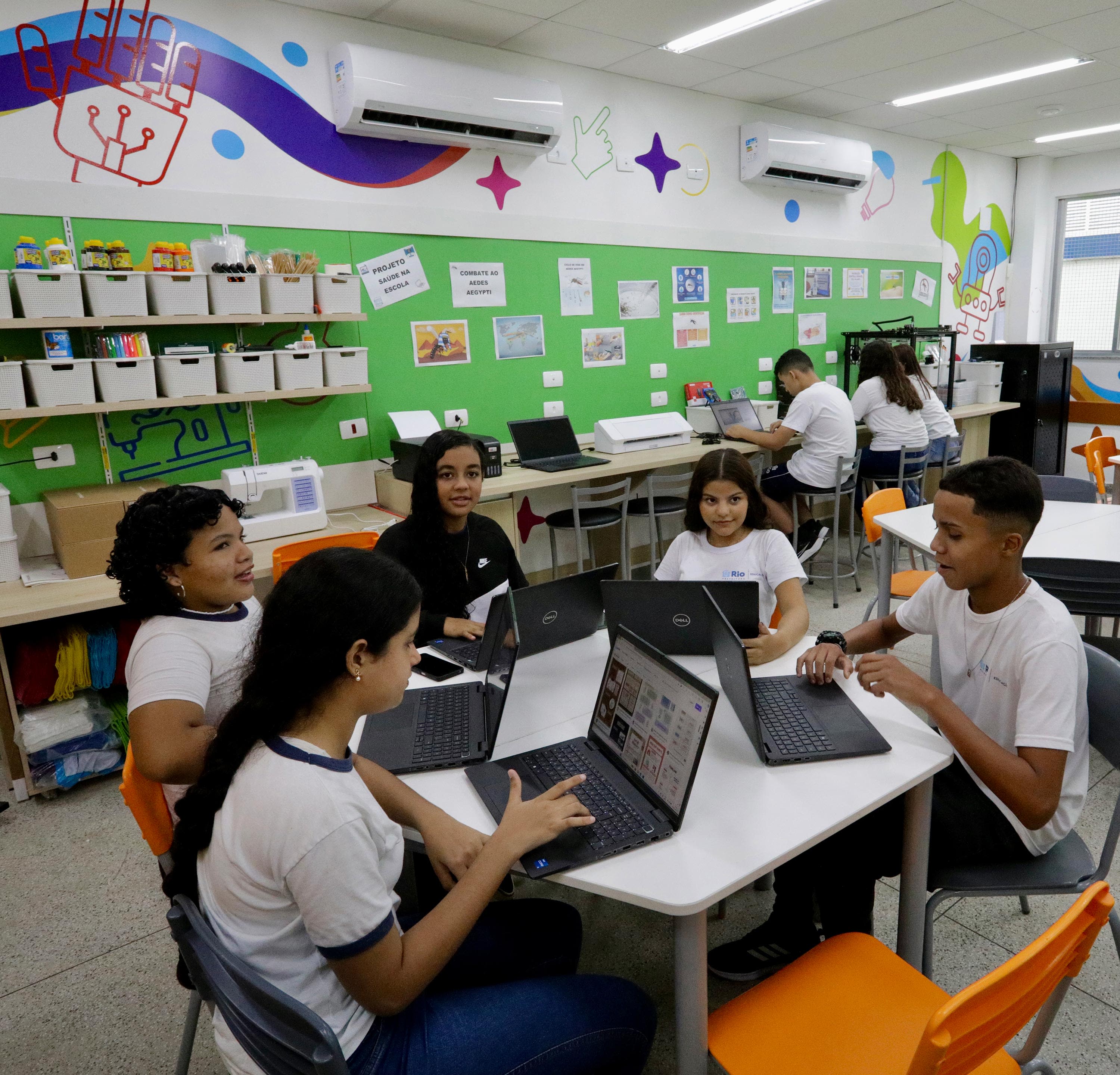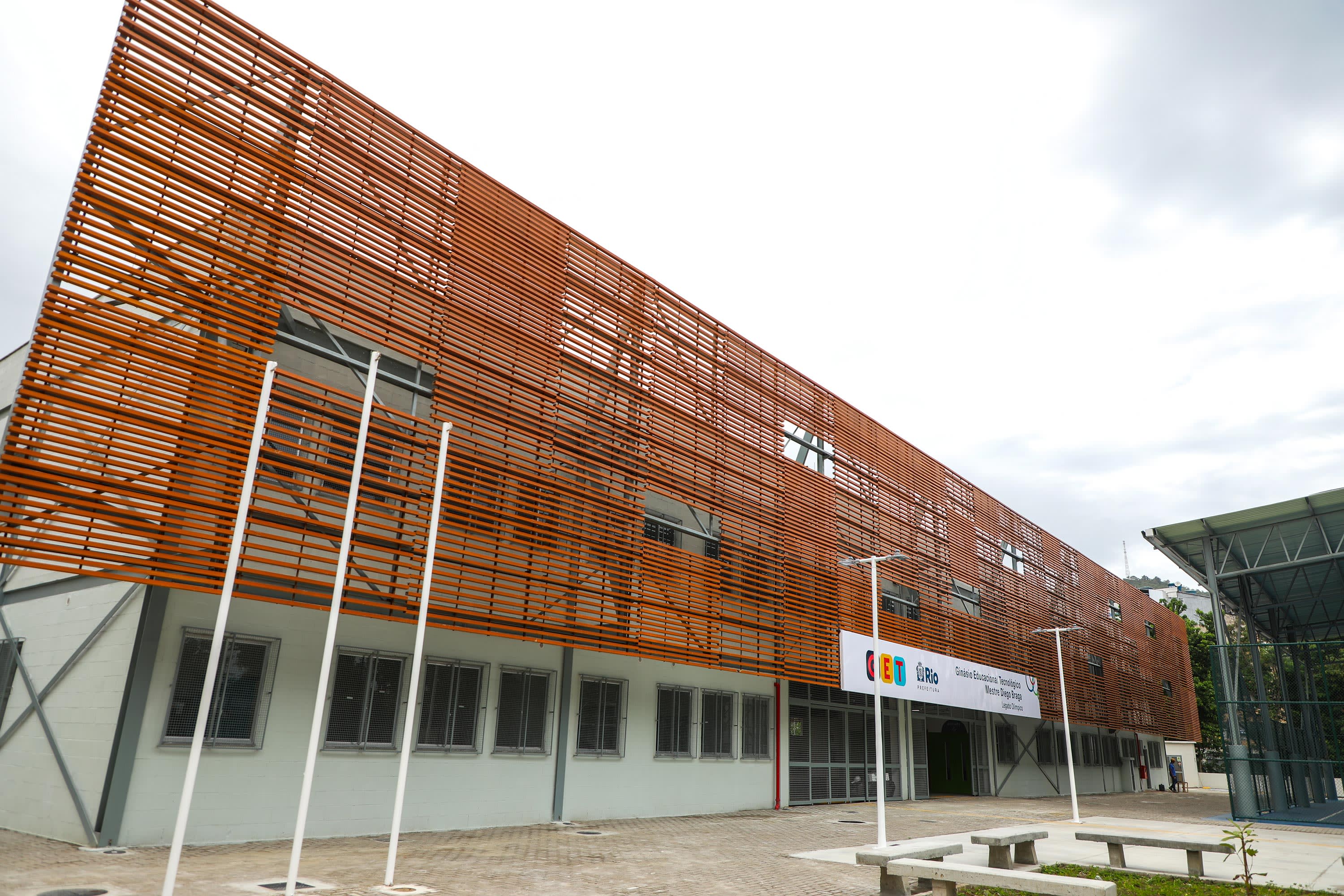Olympic Way at Rio Olympic Park becomes a public space for sport and physical activity

IOC
23 May 2024 – The transformation of the Olympic Way at the Rio Olympic Park has been completed. The new Rita Lee Park, inaugurated last week and named in honour of Brazil’s influential “Queen of Rock”, provides local communities and tourists with a public space for sport and physical activity, continuing the legacy of the Olympic and Paralympic Games Rio 2016.
The inauguration is yet another step for the City of Rio in fulfilling the Games legacy plan. It comes after the recent transformation of Carioca Arena 3 – a permanent venue in the Olympic Park that staged Olympic taekwondo and fencing and Paralympic judo – into a special sports education institution, and the construction of four schools with recycled materials from the Arena of the Future – a facility used for Olympic handball and Paralympic goalball. Recently, the start of work to convert Carioca Arena 2 into a branch of the Federal Institute of Technical Education was announced. This institute will serve 1,400 people from local communities.
“I am delighted at this incredible legacy for the population – an area that has been designed since we began to plan for the Olympic Games. Urban parks for daily community use are very important,” said Rio Mayor Eduardo Paes.
Located at the heart of the Rio Olympic Park in the city’s west zone, Rita Lee Park is a junction point between the former Olympic sports arenas, terraces and the “Live Site”, an events space by the Jacarepaguá Lagoon. Once used by athletes and fans, the park now aims to serve all Cariocas with a lively public space to practise sport and recreational activities. The Olympic Way, along with a wider part of the original park, has also been hosting the Rock in Rio music festival since 2017.
The park is equipped with a wide range of amenities, including a multi-sports court, playgrounds, a skate park, a 120-square-metre climbing wall, a gym for senior citizens, a basketball wall, a water playground and a green area featuring 1,100 trees and 70,000 shrubs. For the convenience of visitors, the park also offers public restrooms, outdoor seating, shaded pergolas and a bicycle rack. Rita Lee Park, where athletes and fans once roamed, reflects Rio’s commitment as an Olympic host to creating a legacy that benefits the city and its residents. The Rio 2016 legacy focused on delivering services, infrastructure, transport and education for the local population.

Arena of the Future turned into four schools
With this legacy-centred approach, the Rio 2016 Games adopted a nomadic architecture concept that designed structures to be transformed for different uses after serving their initial purpose.
In line with the strategy, materials from the Arena of the Future – the facility used for Olympic handball and Paralympic goalball – were reused in the construction of four schools for a combined 1,700 students in low social development neighbourhoods in the city’s west zone.
Following the opening of the first two schools in February, the third one was inaugurated in March, and this will soon be followed by the fourth, completing the original legacy plan for the venue.






